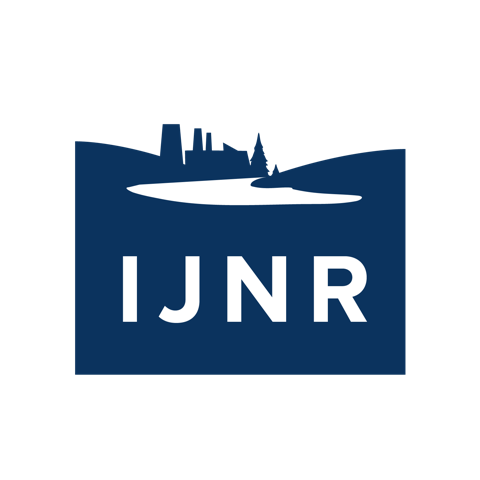Big Changes on the
Great Lakes:
A Virtual IJNR Institute for Journalists
Four Thursdays in May + June
(May 13, May 20, June 3 and June 10)
Noon - 5p.m. (Central) each day
At the end of the last Ice Age, retreating glaciers left behind a true natural wonder: a giant reservoir holding nearly one-fifth of all of the available fresh surface water in the world. Today, eight U.S. states and two Canadian provinces border these Great Lakes. Some 40 million people depend on them for drinking water. Sport and commercial fishing operations bring in billions of dollars each year and millions of tourists flock annually to their shores.
While Great Lakes cities have been branded the Rust Belt – seen as shadows of their halcyon days – their unequalled access to water and projections for relatively mild impacts of climate change have many wondering if the Rust Belt is due for a renewal, or even potential wave of climate migration. Of course the Great Lakes will see their share of problems in a warming world. They are some of the fastest warming water bodies on the planet. Potentially toxic algal blooms are a rite of summer for coastal communities and threaten some public drinking water supplies. Increasingly extreme summer rainstorms overwhelm aging infrastructure and cause devastating floods.
In May and June of 2021, the Institute for Journalism and Natural Resources held its first-ever “virtual Institute,” a series of four half-day, interrelated workshops that explored current conditions and future projections in the Great Lakes and what those changes mean for both current and future residents.
Participating journalists took a virtual trip across the Great Lakes Basin and enjoyed exclusive conversations with citizens, elected officials, resource managers, leading experts, tribal council members, industry representatives and more.
Topics included:
The role this water-rich region could potentially play in a future of water scarcity.
The ecological, economic and cultural impacts of climate change in the Great Lakes.
How Great Lakes fisheries managers navigate changing stocks, Indigenous treaty rights and invasive species.
Traditional indigenous knowledge and coastal resilience.
Efforts to slow agricultural runoff and keep harmful algae blooms at bay.
Industrial pollution, toxic areas of concern and clean-up efforts.
Lessons learned from a decade of projects – and $2.2 billion in funding – for the Great Lakes Restoration Initiative.
The connections between environmental racism and human health impact in Great Lakes communities.
Participating Journalists
Itinerary
Session Recordings
Post-institute stories
Support for this institute provided by The Joyce Foundation.

